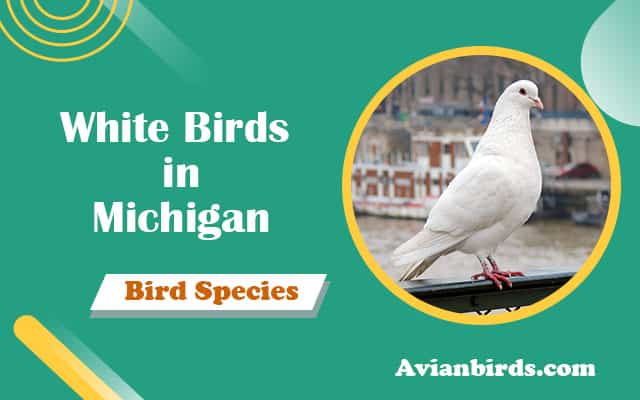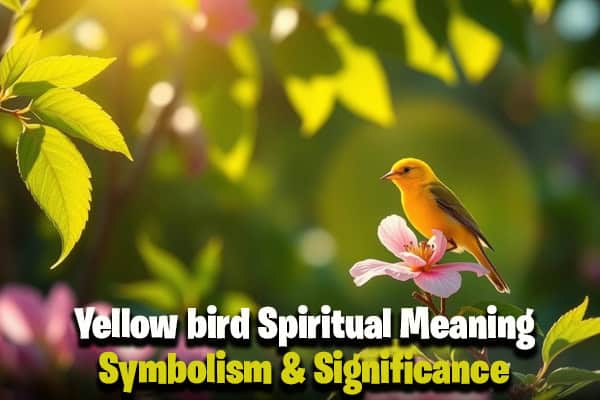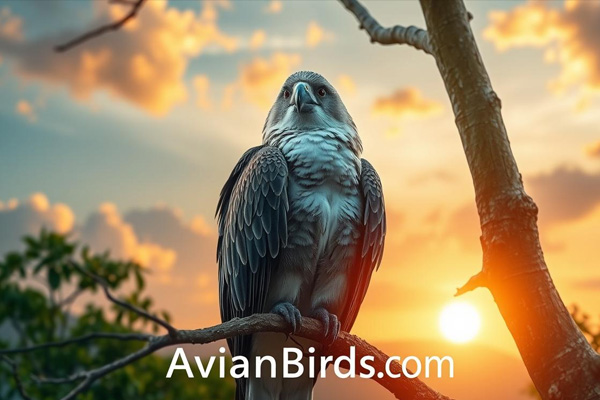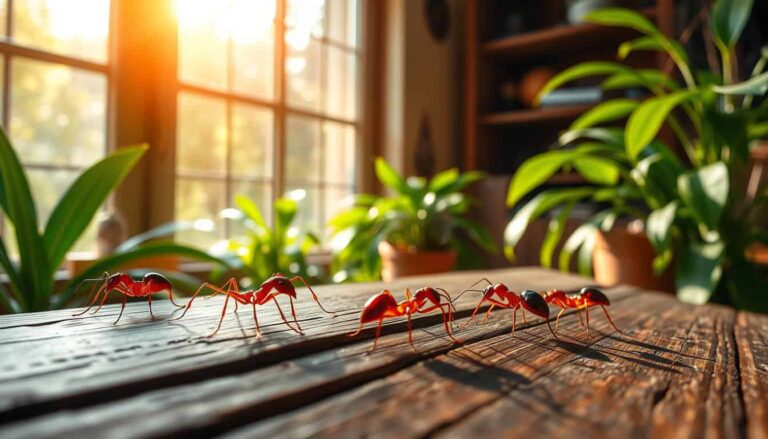Black Redstart: A Charming European Songbird
Did you know the Black Redstart, or Phoenicurus ochuros, thrives in cities? It’s adapted well to city life. This European songbird has caught the eye of birdwatchers everywhere with its bright colors and beautiful songs. It used to live in rocky areas but now also calls cities home, showing that nature and cities can live together.
~Here we’ll learn about the Black Redstart (A Songbird)~
Fun Facts:
- Scientific name – Phoenicurus ochuros.
- Weight – 14 to 19 g.
- Length – 13 to 15 cm.
- Wingspan – 23 to 26 cm.
- Age – Up to 10 years.
- Diet – Bugs, insects, and small crustaceans.
- Habitat – Urban areas and mountains.
Introduction to the Black Redstart
The Black Redstart is a beautiful songbird known for its lovely songs and ability to adapt. It has moved to new places over time. Once, it lived in the mountains, showing a strong bond with nature.
Now, thanks to urban growth, the Black Redstart lives in cities too. It has learned to make homes in buildings and man-made places. This shows how well it can adapt to tough environments.
Learning about the Black Redstart teaches us about how humans affect wildlife. Its presence in cities adds beauty and interest for bird lovers and others. It shows how nature and city life can coexist.
Distinctive Features of the Black Redstart
The Black Redstart is a captivating bird with unique traits. It’s important for those who love to identify birds to know their physical and behavioral features. These small birds have qualities that make them fun to watch.
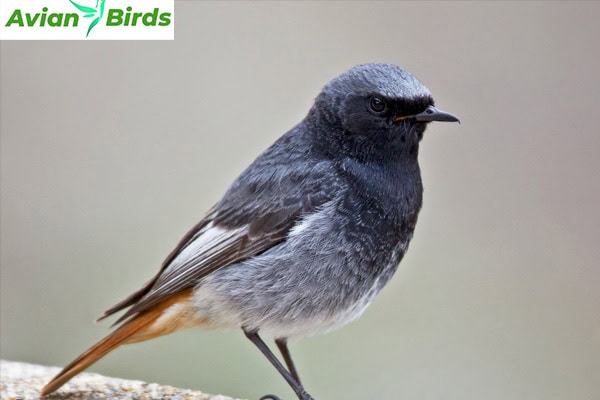
Physical Characteristics
Black Redstarts have different looks depending on whether they are males or females. Males have a slaty blackish coat and a bright orange-red tail. Females look more subdued with a smoky grayish color and a red tail like the males.
These birds are small, about 13-15 cm long. They have a wingspan of 23-26 cm and weigh between 14-19 grams. A white spot on their wing helps identify them when they fly.
Behavioral Traits
Black Redstarts are lively birds. You’ll see them jumping from branch to branch with ease. They are early risers, singing at dawn with a mix of short trills and sweet sounds that vary by location.
While foraging, they stay low to the ground. They use their flight skills to catch insects in mid-air. A distinctive tail quiver is a sign of their presence when they’re perched, adding to their charm.
Habitat and Distribution
The Black Redstart moves through different habitats, showing its skill in living in both wild and city areas. It’s interesting to see how they adjust to various places across their range.
Traditional Habitats
Black Redstarts once loved rocky places, making their homes in cliffs and mountain areas. They chose to breed high up, using the rough terrain for shelter. Now, they’ve spread out, living in Europe, Asia Minor, and parts of North Africa. In summer, they’re often seen in the mountains, enjoying their natural homes.
Urban Adaptation
Black Redstarts have made cities their new homes. They’ve fit right in, making use of old buildings and new ones for their nests. They pick spots that keep them safe and give them easy access to food. This shows how well they’ve adapted to city life.
Diet of the Black Redstart
The Black Redstart has a unique diet that mainly includes insects. Flies and butterflies are key food sources for them. These birds are quick and agile in catching their prey near the ground.
They also eat small crustaceans by the coast, showing their adaptability. This variety in food helps them survive in different places.

Berries are another important part of their diet. This shows how their eating habits change based on what’s available in their environment. This variety keeps them healthy and helps them adapt to changes.
| Food Source | Description | Foraging Strategy |
|---|---|---|
| Insects | Flies, butterflies, and other invertebrates that provide essential nutrients | Foraging on or near the ground to capture active prey |
| Crustaceans | Small varieties found in coastal areas, adding marine nutrition | Upland foraging in areas with access to water bodies |
| Berries | Seasonal fruits contribute to their varied diet | Gleaning from bushes and trees in search of ripe fruits |
Breeding Habits of the Black Redstart
The breeding habits of the Black Redstart show how adaptable and caring they are. Learning about their nesting and parental care helps us understand their family life during the breeding season.
Nesting Practices
The Black Redstart starts breeding in May. They build cup-shaped nests for safety. These nests are in rocky places or urban building cracks.
They use dried herbs, roots, feathers, and moss to build the nests. This makes the nests warm and safe for the eggs.
The female lays 4 to 7 white eggs. The nest’s safe environment helps the eggs hatch. After two weeks, the eggs hatch, starting the chicks’ lives.
Parental Care
Both parents are key in the early stages of the chicks’ lives. They work together to care for their young. The chicks leave the nest about a month after hatching.
During this time, the parents feed and look after the chicks. They give them the nutrients they need to grow. This care is crucial for the chicks to survive.
The parents’ attention ensures a safe environment for the young. This strong family bond is important during the chicks’ vulnerable time.
Conservation Status of the Black Redstart
The Black Redstart is currently listed as least concern. This means its population in Europe is stable, which is good news for bird lovers and conservationists. From 1970 to 1990, there were between 2.6 to 5.9 million breeding pairs in the European Union. This shows the Black Redstart can adapt to different environments.
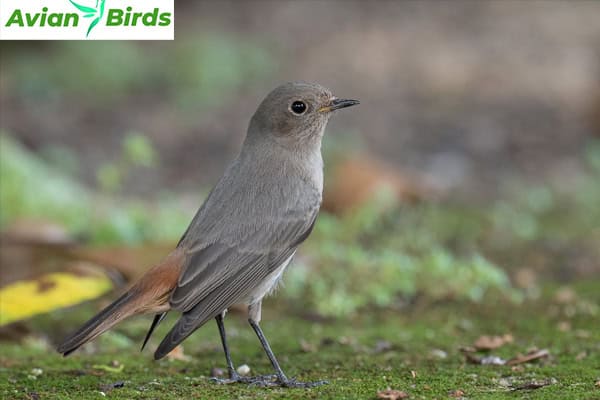
Population Trends
It’s important to keep an eye on the Black Redstart’s numbers to protect its place in nature. Even though the overall number of birds stays the same, some areas may see changes. Conservation groups work hard to quickly spot these changes to help this beautiful bird.
Threats and Challenges
Even though the Black Redstart is not in danger, it faces many threats, mainly from losing its home. Cities growing and farms leaving land unused lead to forests taking over their homes. We need to act fast to protect the Black Redstart and its important role in nature.
Wrapping Up…
The Black Redstart is a special bird in Europe’s skies. It stands out with its looks and beautiful songs. It makes both the city and the countryside more magical.
This bird is adaptable and strong, which makes it even more fascinating. We’ve talked about its key features and why it’s so loved.
It’s important to protect the places where the Black Redstart lives. By learning about its struggles, we can all help. This bird makes our world more beautiful and shows us how important nature is.
Our actions now can help the Black Redstart in the future. Let’s make sure it keeps singing in the places it loves.


